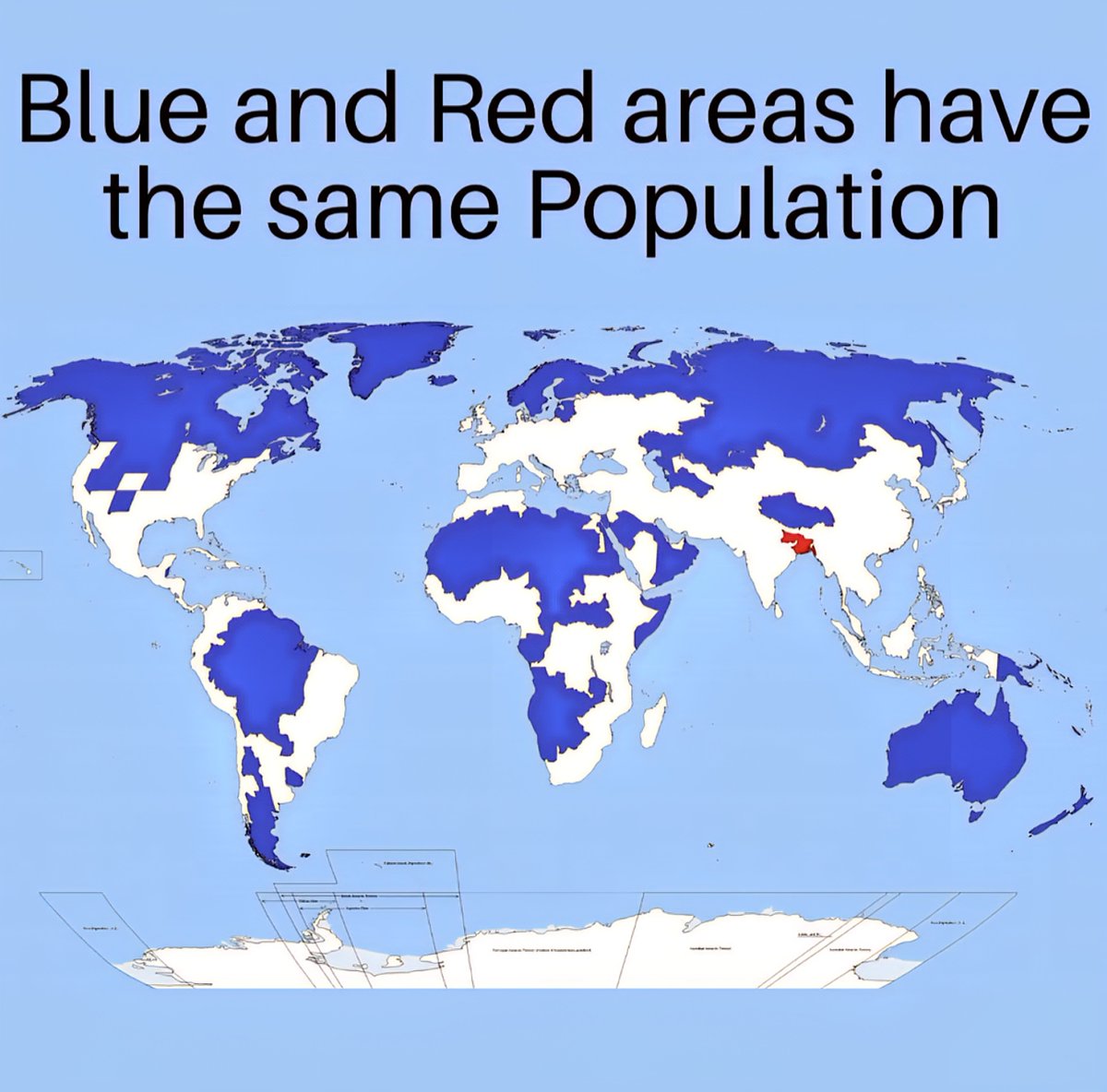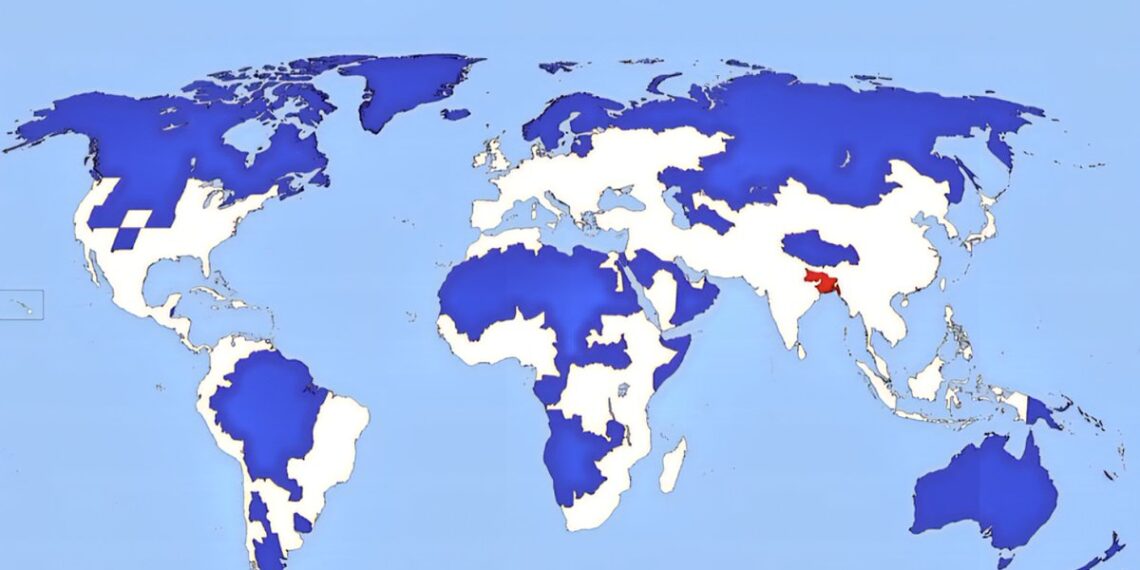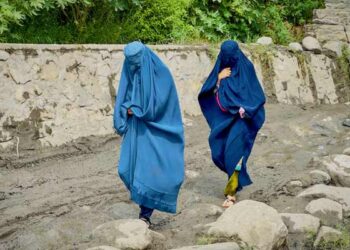Select Language:
The Global Population Divide: What the Red and Blue Areas Reveal in 2025
Significant Population Clusters Highlighted in Vivid Colors
Recent global data visualizations overlayed with bold colors reveal stark demographic differences across the planet. A striking image has emerged showing two major population “pockets,” each representing just 5% of the world’s inhabitants. These areas, designated as the red and blue zones, tell powerful stories about world population distribution and the disparities that exist between different regions.

The Red Zone: The World’s Least Populated Regions
Understanding the 5% in the Red Area
The red zone on the map contains roughly 5% of the global population. These areas tend to be sparsely inhabited, often due to geographic and environmental factors such as vast deserts, dense forests, or extreme climates. Countries like Greenland, parts of Central Asia, and remote areas within Africa and South America are part of this category.
Key Characteristics and Challenges
- Low Population Density: Many of these regions include vast, uninhabited or scarcely inhabited territories, making infrastructure development challenging.
- Resource Scarcity and Accessibility: Limited access to essentials like healthcare, education, and transportation can perpetuate the cycle of isolation.
- Environmental Concerns: These areas often face ecological sensitivities, which restrict large-scale human activity to preserve fragile ecosystems.
Implications for Global Policy
Governments and organizations face hurdles in providing services and creating economic opportunities. Innovations such as satellite connectivity, renewable energy projects, and sustainable tourism are central to supporting these remote populations.
The Blue Zone: Another 5% of the World’s Population
Deciphering the Blue Area
The blue zone holds the same proportion—around 5% of the world’s inhabitants—as the red. Typically, this data highlights densely populated urban centers or specific regions with high fertility rates, such as parts of East Asia, South Asia, or urban hubs in Africa and Latin America.
Features of the Blue Population Clusters
- Urban Density: Major cities like Tokyo, Mumbai, and Lagos fall into this segment, with millions packed into relatively small geographic areas.
- Economic Powerhouses: These regions often serve as economic and cultural epicenters, with massive industries, innovation hubs, and diverse populations.
- Rapid Growth and Mobility: High birth rates combined with rural-to-urban migration fuel ongoing growth, creating vibrant yet strained urban environments.
Challenges and Opportunities
Urban planners are tasked with managing congestion, pollution, housing shortages, and aging infrastructure. Conversely, these regions are breeding grounds for innovation and cultural exchange, often driving global trends in technology, fashion, and lifestyles.
The Middle Ground: The 90% of the World’s Population
A Broader Perspective
While the map emphasizes the most extreme population clusters in red and blue, the majority—about 90%—of the global population inhabits areas in between. These zones range from suburban regions to medium-sized cities, forming the connective tissue that links the highly populated coasts and remote wilderness.
Demographic Trends
- Growing Megacities: Many middle-ground areas are experiencing rapid urbanization, fostering economic growth but also straining resources.
- Shifts in Population Dynamics: Aging populations in some regions contrast with youth surges in others, affecting social services and economic stability.
Why These Visualizations Matter
Understanding Global Inequalities
This dual-colored map underscores the vast disparities in human settlement patterns. Recognizing these differences allows policymakers to target efforts more strategically, whether it’s investing in remote infrastructure or managing urban expansion.
Preparing for Future Challenges
Population growth, climate change, technological advancement, and migration are reshaping how humans occupy the planet. Recognizing these two 5% zones—one largely underpopulated and the other densely packed—also helps in planning for sustainable development and resource allocation.
Final Thoughts
The world’s demographic landscape in 2025 continues to be as diverse and complex as ever. These visual insights remind us that while some parts of the world grapple with overpopulation and urban strain, others face the challenge of development and connectivity. Balancing these contrasting realities remains a critical challenge for global leaders and communities alike.
Image Source: Twitter






